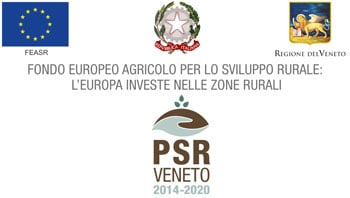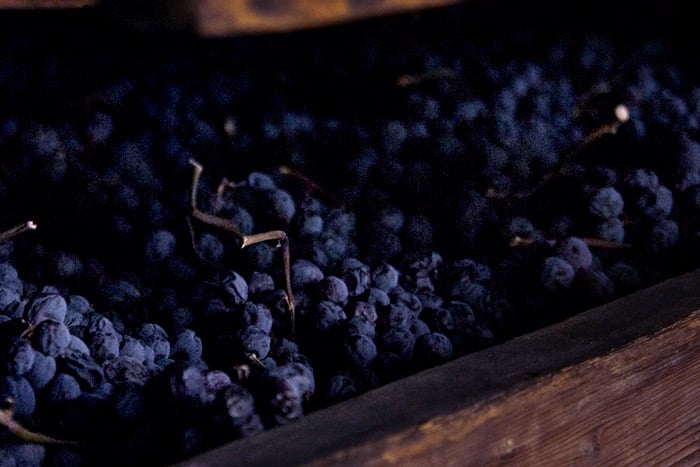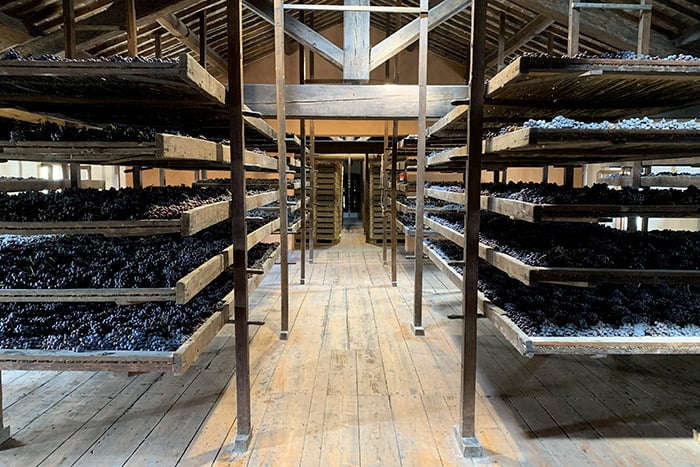TYPES OF WINES
In the last years, the Valpolicella appellation has been able to go through both structural and market changes increasing its international prestige. A great part of its success is linked to its history, strongly connected to its indigenous grape varieties, like Corvina, Corvi none, Rondinella and other locai varieties, which give a unique mark to the wine styles: Valpolicella DOC, Valpolicella Ripasso DOC, Amarone della Valpolicella DOCG and Recioto della Valpolicella DOCG.
WHAT THE LABEL MUST CONTAIN
- Name of the product followed by the expression "Protected designation of origin• or, in lieu, the traditional terms DOC/DOCG (in full)
- The alcoholic strength by volume
- Origin and provenance
- Bottler name, or the nome of producer or vendor in case of sparkling wine (including aerated sparkling wine, quality sparkling wine or quality aromatic sparkling wine). In substitution of the bottler nome it's possible to use the code assigned by the ICQRF body (Ispettorato Centrale della tutela della qualità e della repressione frodi dei prodotti agroalimentari), with the IT extension.
- Indication of sugar content in the case of sparkling wine, aerated sparkling wine, quality sparkling wine or quality aromatic sparkling wine.
- The vintage year of the grapes
- Indication of the presence of allergens
- Lot
- Net content
- Name of importer in the case of imported wines
APPASSIMENTO - TRADITION BEHIND SUCCESS
The uniqueness of the most prestigious wines of Valpolicella comes from the traditional technique of Appassimento.
The selection in the vineyard is very accurate, once harvested, the grapes are carefully laid on the traditional "Arele" (racks used tor the breeding of silkworms) or in modern crates and placed in the so-called "fruttai", wellaired rooms suitable tor assuring the pertect conservation of the bunches.
The bunches remain in fruttaio tor about three months. In this important, delicate phase, grapes lose between 30% and 50% of their weight and a series of complex transformations occurs, producing the aromas and all those elements which make unique the great red wines of this area .











